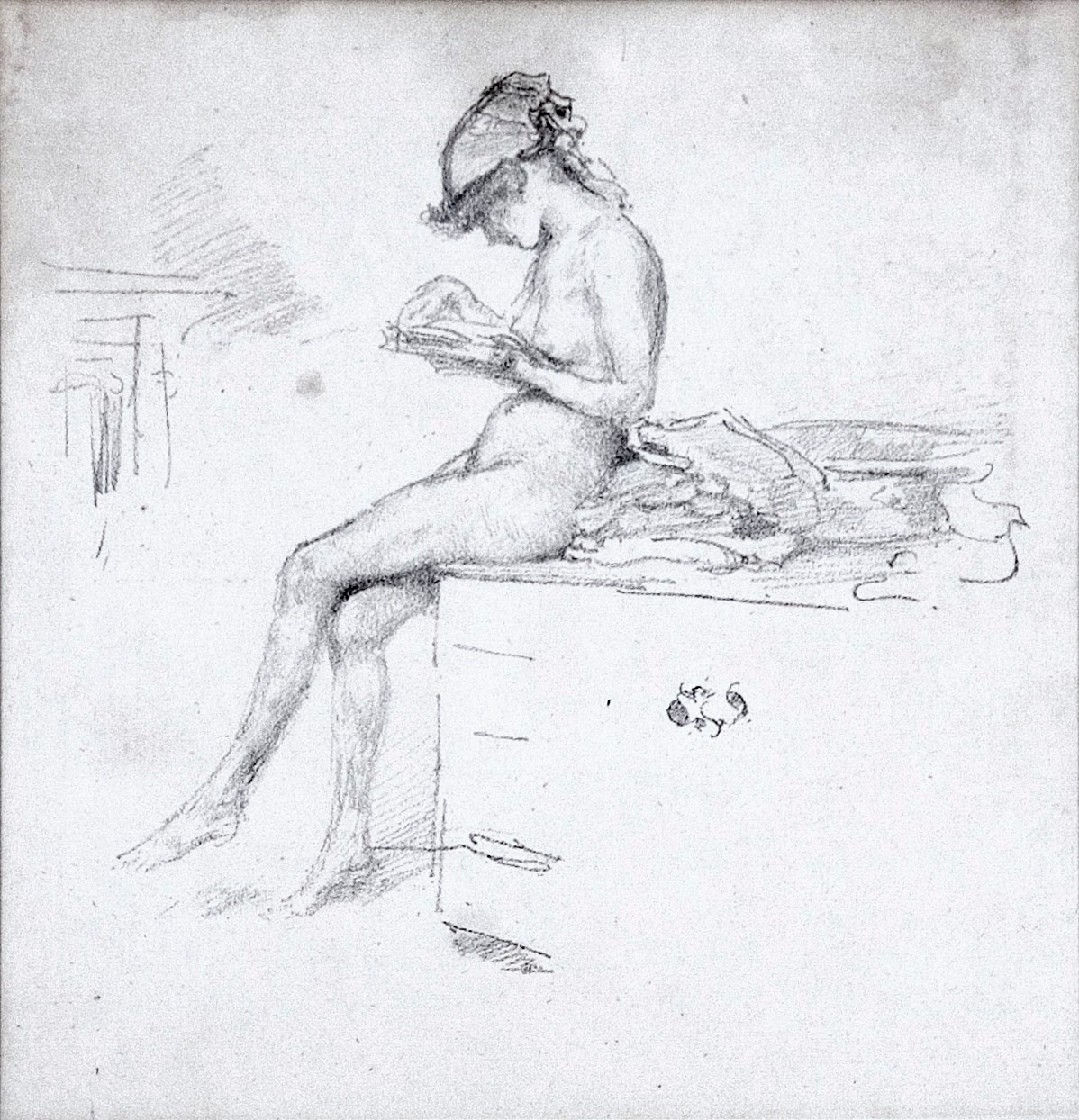James McNeill Whistler (1878-1965)
A butterfly with a stinger — the signature of late 19th-century tonalist James Abbott McNeil Whistler, who with a charming demeanor and biting tongue defended himself in a London courtroom against the art critic who’d claimed his painting Nocturne in Black and Gold was like “flinging a pot of paint in the public’s face.” Whistler won his libel case, though the reward was less beneficial to him personally (he received a mere farthing) than to modern art more broadly, paving a new legitimization for the creation of art for its own sake.
Born in Lowell, Massachusetts, Whistler studied art in St. Petersburg and London as a child before returning to the U.S. following his father’s death. Stints in schools for ministerial work and the military proved unsuccessful, and a burgeoning career as a maritime cartographer was cut short when he was found to be doodling mermaids and monsters in the margins of his maps. Ousted from that post, Whistler headed to Paris, where he encountered the art of Courbet and the Japanese woodblock prints that would push him into the hazy, monochromatic, narrativeless near-abstractions with musical titles that came to define his career, and inspire the ire of the critic who slandered him. Though the trial left him bankrupt, Whistler made one more move to Venice, where he reinvented himself anew through etchings and pastels that seem to float and crumble all at once.
